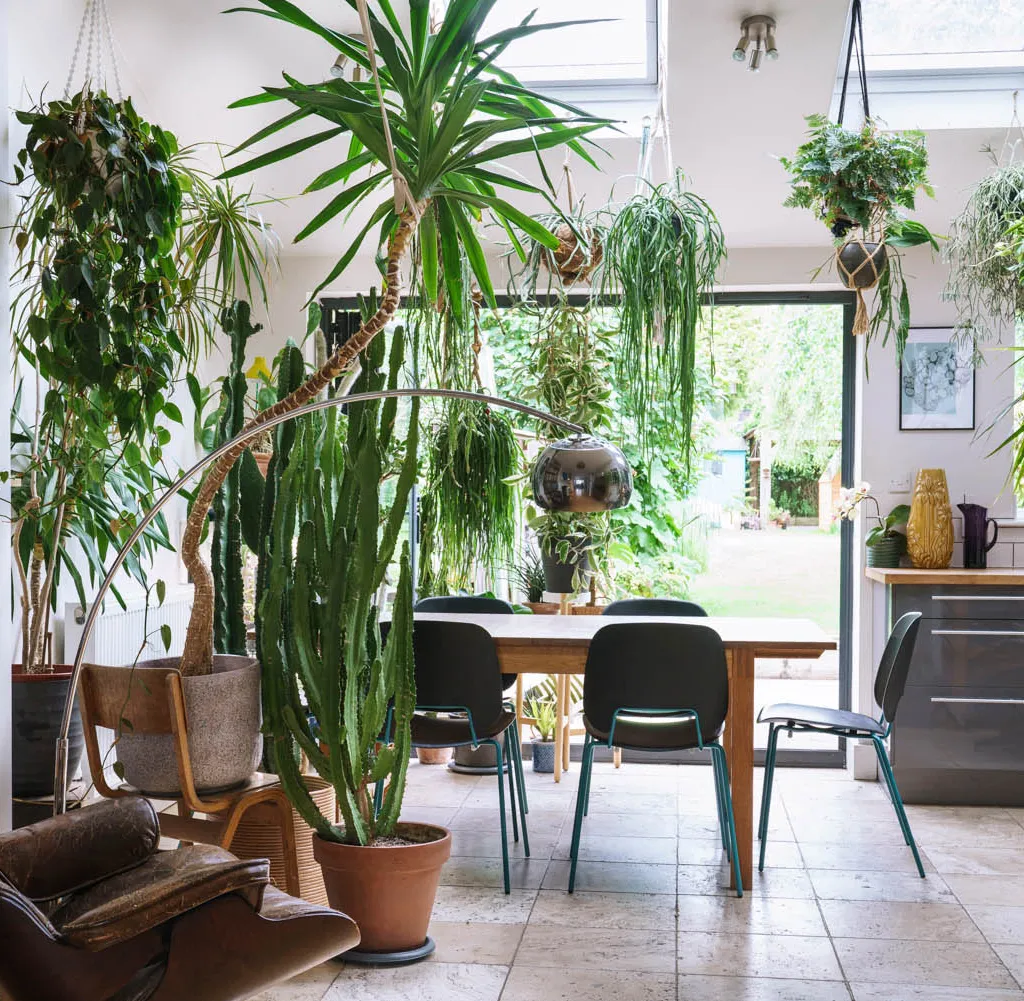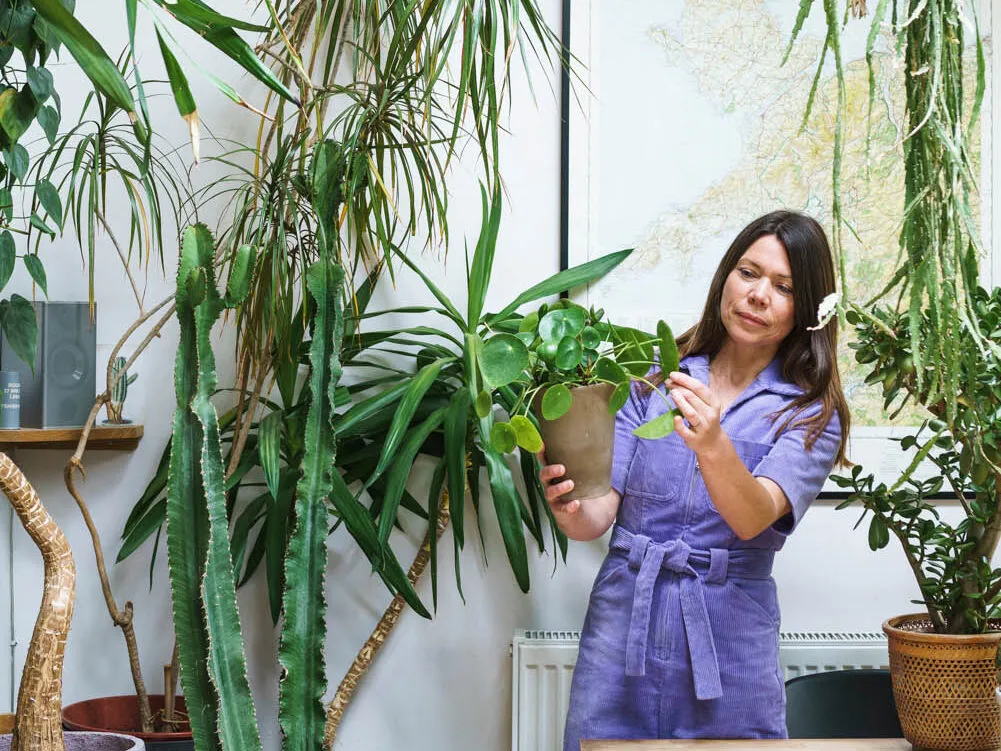Growing up, I spent a lot of time outdoors, and nature was a big part of my childhood. Like many gardeners, I can trace my love of plants back to the time I spent with my grandad in his garden. It wasn’t until I was a student without access to a garden that I developed an interest in house plants. Since then, I’ve never been without a few, but now, it’s a few hundred.
It started in 2017, when I was at a local DIY store and noticed staff members binning orchids that had finished flowering. The sight of healthy plants, midway through their life cycle, being thrown away like broken toys saddened me so deeply that I decided I needed to rescue as many plants as possible.
The plants being discarded like that made me reflect on our throwaway society, and how we’re encouraged to replace rather than repair. We’ve moved away from the make-do-and-mend mentality of previous generations and now tend to chuck away everything from faulty appliances and out-of-style clothing to vegetables and plants deemed imperfect. Also, increasingly, houseplants are viewed as short-lived, disposable items, much like wilted cut flowers – but with some TLC, they can live for decades.
More on house plant care:
The tools you need to look after your house plants
The best trailing house plants
15 of the best large house plants
The best pot covers for your houseplants
Create the perfect house plant display
Can house plants really beat mould?

Plant production is a multi-billion-pound industry, and with it comes all the environmental costs associated with mass production: energy and water consumption, peat consumption and chemical use, emissions from air and freight travel, not to mention the amount of non-biodegradable plastic used. Those of us who buy house plants like to think of our hobby as being ‘green’, but plant production actually has a large environmental footprint.
It’s troubling to discover the harm that growing plants on this massive scale has on the environment. When I did, and I realised the fossil-fuel consumption needed to grow a plant and make a plastic pot, and the pesticides used to keep insects at bay (which can damage bees’ ability to reproduce), I became a lot less relaxed about plants and their pots being discarded because of supposed imperfections. Since then, in my pursuit of saving house plants from being binned, I’ve been rescuing them from all sorts of places and nursing them back to health. I’ve plucked them out of skips from the roadside, and even confiscated one that wasn’t being properly cared for at my local yoga hall.
Discover Sarah's five steps to rescuing a sick house plant

I wanted to show others how easy it can be to get an orchid to rebloom or how to help an overwatered plant recover from root rot, so I began documenting the process on Instagram (@theplantrescuer) and have amassed a large online following, which has led to further opportunities such as writing my first book and starting a worldwide movement to help end plant waste. I came up with The Plant Rescue Box – similar to the wonky veg box concept, but for imperfect plants – to stop retailers from binning these plants and instead box them up and sell them on at a fraction of the original cost. Plant shops in many countries have joined the initiative, saving thousands of plants from being thrown away and providing those on a tight budget with an opportunity to increase their house plant collection.
Most of my 200-plus plants are rescued, and finding the best place to put them in my home can be challenging because of their light requirements. All plants need light to survive, but I don’t have a lot of windowsill space, so I’ve come up with a few solutions, such as converting an Ikea cabinet into a plant cabinet, and adding grow lights under shelves. I also hang a lot of plants under the skylights and use plant stands to accommodate more plants vertically.
Read Sarah's tips for styling house plants
Occasionally, I find the number of plants in my house overwhelming, particularly in summer when they need more water, but I wouldn’t be without them. In stressful times, caring for them is a great way to unwind and refocus. The benefits of plants are not only accessible to those with gardens. No matter how small your home, there are plenty of house plants to suit your style and budget; just remember, unlike outdoor plants, they rely entirely on you for survival.
- Find out more about Sarah Gerrard-Jones @theplantrescuer